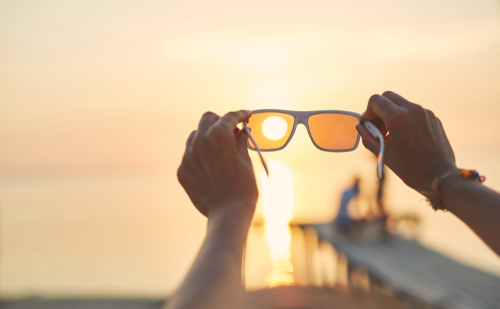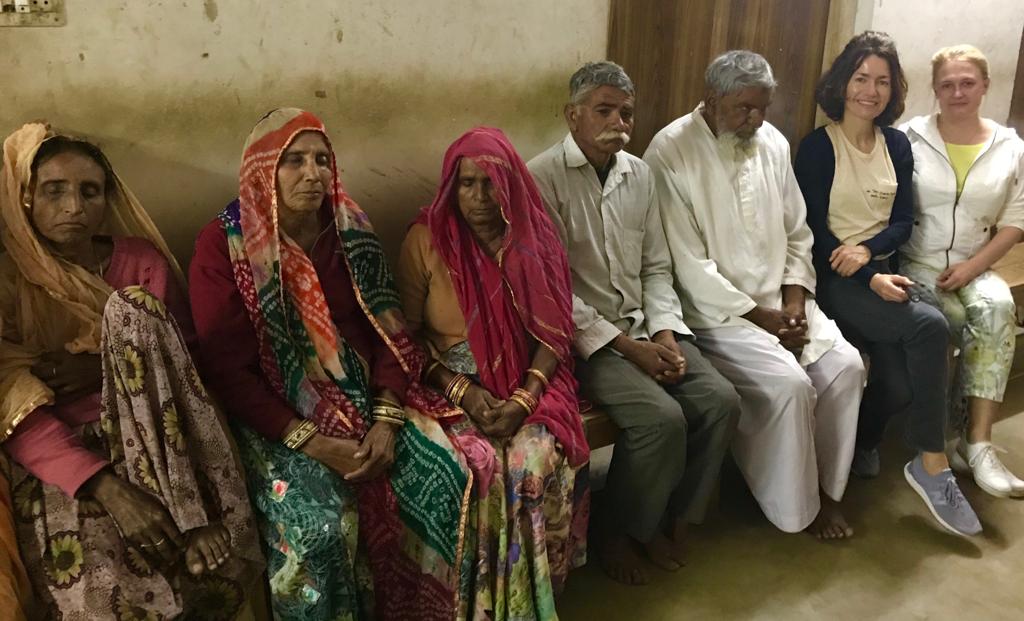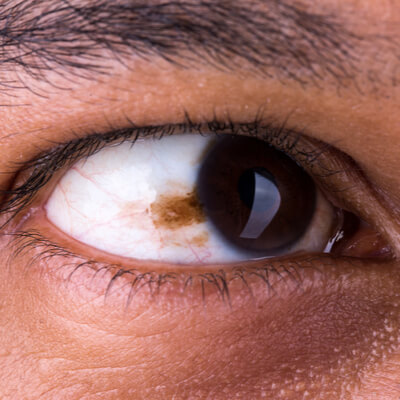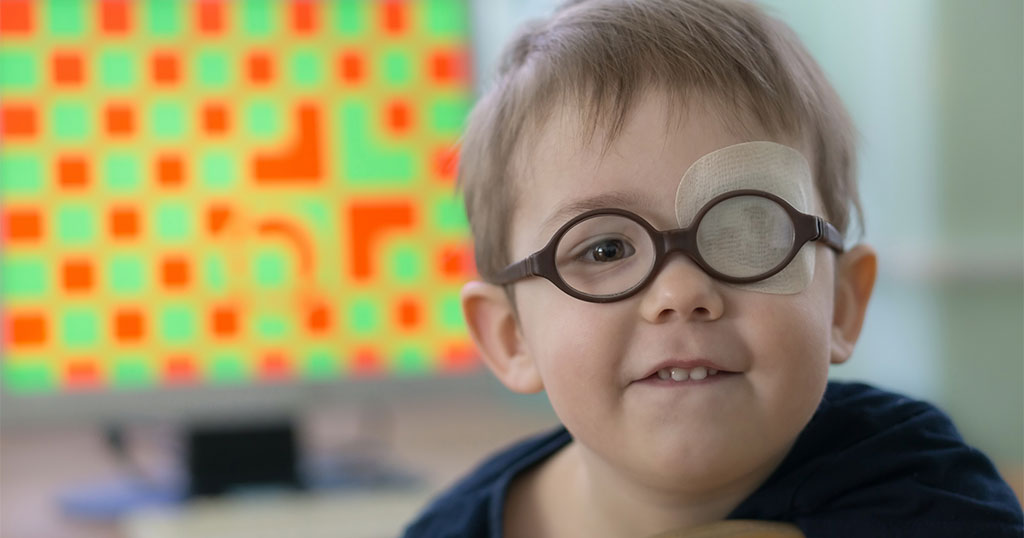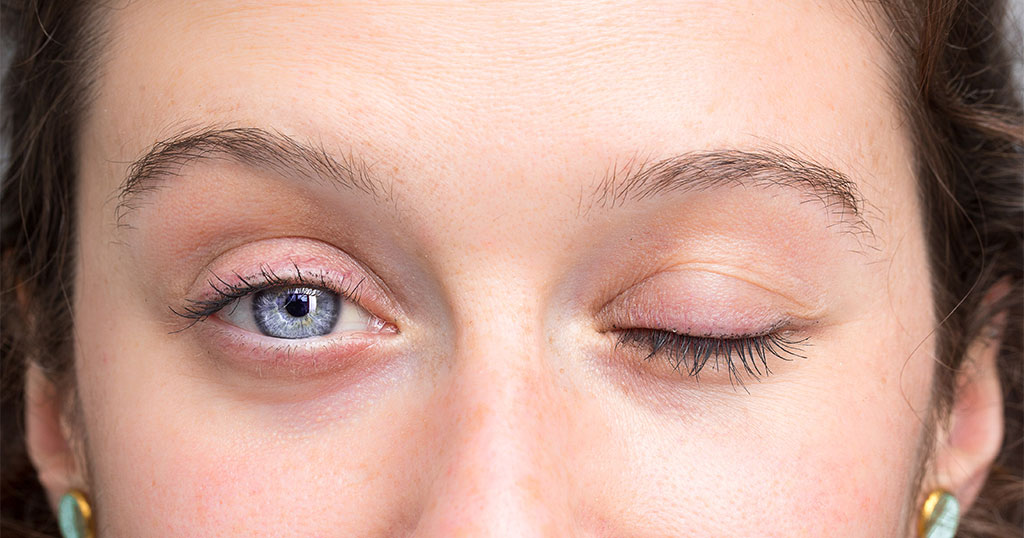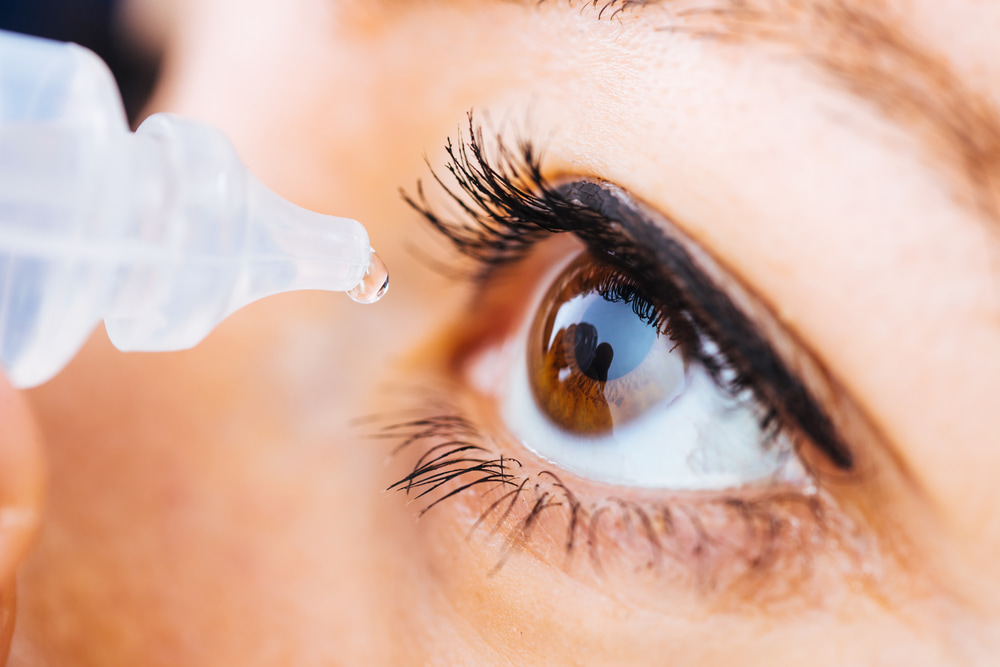August, 21 2019, Dubai: Summer in the UAE is synonymous with dust, harsh sunlight, excessive outdoor heat, which present challenges and cause a rise in eye infections and diseases, eye specialists at Moorfields Eye Hospital Dubai warn. Summer weather can pose several potential hazards to your vision including eye sunburn and dry eyes, which are… Continue reading Doctors At Moorfields Eye Hospital Recommend Effective Preventive Measures To Protect Eyes And Vision During Summer
Moorfields Eye Hospital’s Dr. Luisa Sastre Treats Cataract Sufferers During Trip To India
14 August 2019, Dubai – United Arab Emirates: A doctor from one of UAE’s leading private eye care hospitals helped correct and improve the vision of dozens of patients with difficult access to healthcare in India during a recent visit to the country. Dr Luisa Sastre, cataract surgeon and specialist ophthalmologist in medical retina at… Continue reading Moorfields Eye Hospital’s Dr. Luisa Sastre Treats Cataract Sufferers During Trip To India
Caring Bedside Manner And Attention Of Doctors At Moorfields Eye Hospital Praised By Patient Treated For Vision And Life-Threatening Tumor
1 August 2019, Dubai – United Arab Emirates: Shadi Z credits the care, attention and expertise of doctors at Moorfields Eye Hospital Dubai with helping him to cope with the shock of being diagnosed with a potentially vision and life-threatening condition. The 43-year-old from Jordan visited the specialist eye hospital after suffering from weak vision… Continue reading Caring Bedside Manner And Attention Of Doctors At Moorfields Eye Hospital Praised By Patient Treated For Vision And Life-Threatening Tumor
Amblyopia (Lazy eye)
This blog on ‘Amblyopia (lazy eye)’ has been contributed by Dr. Suhair Twaij, consultant ophthalmologist in Adult & Paediatric Strabismus Surgery, General Paediatric Ophthalmology, Adult Cataract Surgery & General Ophthalmology What is Amblyopia? The most common cause of a visual deficiency in children is amblyopia or lazy eye. It occurs when the eye fails to… Continue reading Amblyopia (Lazy eye)
Bell’s palsy
This week’s blog on ‘Bell’s palsy’ has been contributed by Dr Osama Giledi, Consultant Ophthalmologist, Specialist in Cataract, Cornea and Refractive Vision Correction Surgery What is Bell’s palsy? Bell’s paralysis known as Bell’s palsy is a temporary weakness or lack of movement affecting one side of the face. It is the most well-known type of… Continue reading Bell’s palsy
Eye Drops Advice
Dilating Eye Drops Tropicamide 1% eye drops allow your Ophthalmologist to look inside your eye more easily by making the pupils bigger than normal. Phenylephrine Hydrochloride 2.5% may also be used if you have dark coloured eyes. The drops take about 30 to 45 minutes to work and the effect may last for up to… Continue reading Eye Drops Advice
Cyclopentolate Eye Drops
Cyclopentolate eye drops are used by your Optometrist, Orthoptist and Ophthalmologist to dilate the pupil and relax the focusing muscles of the eye. This enables us to assess the need for glasses and decide upon the correct strength of lens. It also allows the Ophthalmologist to check that the inside of the eye is structurally… Continue reading Cyclopentolate Eye Drops
